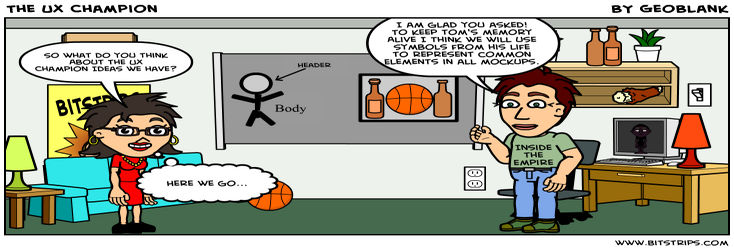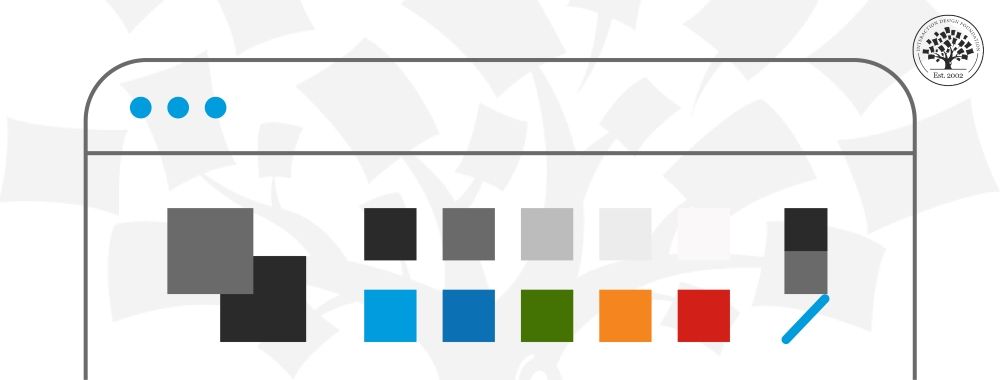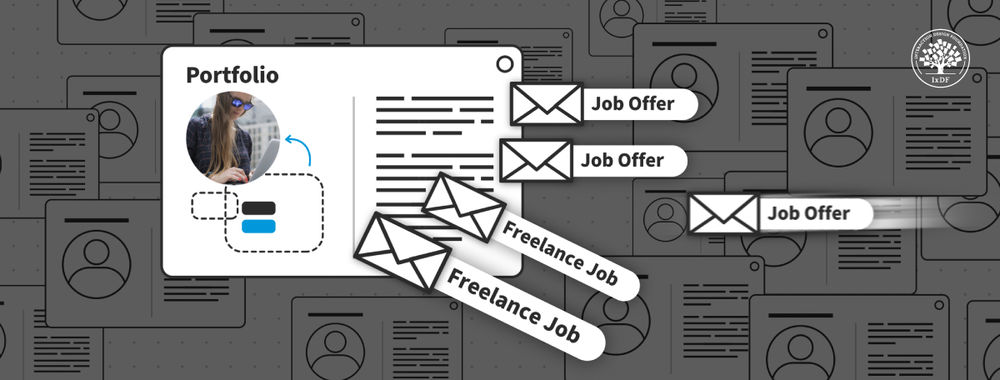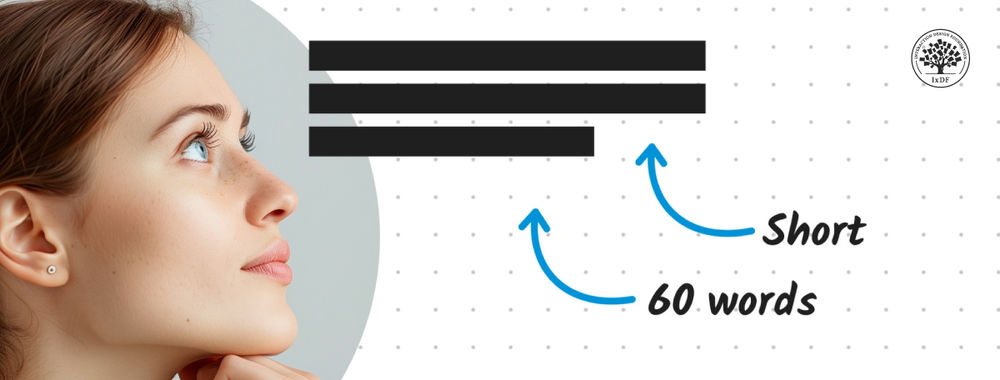The new UX function has to do more than just deliver UX research and design work; it also has to convince the rest of the business that it brings value to the current product development process. Given that UX is such a broad sphere, it can take a long time to educate every person around you on all the intricacies of what you do. So which principles should we push first?
Do we talk about the beauty of ethnographic research? What about user personas? Actually, it’s probably a lot simpler than that. It’s about taking a step back and revisiting the first principles of UX and explaining in broad brush strokes why we do the work that we do.
The key is to inform without overwhelming people. You can continue the process of education iteratively, once people understand why you are there – you can then move on to talk about the details of what you do and how they support the “why”.
Understanding Users
Imagine that you’ve been working in a product development environment where decisions have always been made in house without reference to the user. What would you want to know if a UX designer turned up at your desk?
You’d probably want to know why the word “user” was in the job description. After all if the business has been relatively successful before; why would it be important to involve users now?
I like to put this in the context of relationships. When we being a relationship our focus is on catching the other person’s attention. This often happens by accident, it’s just who we are that brings someone’s interest.
Yet, if we want to move from a brief spark to a meaningful relationship; we have to go beyond that first glance and open up to each other. We need to know what the other party likes, what they don’t like, how they prefer to be addressed, how they expect you to treat them, and that doesn’t mean that our ultimate aim is to be a doormat… but it would be hard to argue that a relationship is likely to have any longevity if the two participants have no mutual understanding.

Author/Copyright holder: User Brain. Copyright terms and licence: All rights reserved Img source
The company without UX has caught their user’s eye and started the flirtation but it’s not developed the relationship as deeply as possible.
User Experience work is all about developing the relationship from brief attraction, to liking, to (ideally) something akin to love for the product.
One of the critical outputs of user experience work is the user persona. While a detailed description of a potential partner might seem like stalker behaviour in a one-to-one dating relationship – it’s a necessity where the reality is that many people in the company are serving one (or more) types of user but may never come into contact with those users in their day-to-day work.
The Beauty of Simplicity
UX, as we all know, is broader than just usability but it’s also one of the easiest selling points for UX design work.
Everyone, at some point or another, has played with a Rubik’s cube. It’s a mind bogglingly simple idea for a puzzle. All you have to do is rotate the pieces until each side is of a single colour. Yet, most people who have had a Rubik’s cube have never solved the cube. They certainly can’t consistently solve it. That’s because at heart it’s much more complex than it looks. A relationship with a Rubik’s cube is ultimately a frustrating relationship.
Most Rubik’s cubes end up in the trash or in a cupboard never to be played with again.
That’s not the relationship that we want users to have with our products. We want them to come back again and again. It’s the overall experience that we care about.
Usability, making things easy to use is a key part of that picture. No-one would have ever picked up a Rubik’s cube if it came with a 3 inch thick manual on how to operate it and if it took 112 key presses to get something to rotate. Yet, usability is only part of the experience, the rest of the picture is satisfaction.
UX design is about fulfilling user expectations as simply as possible. Usability is important but as any digital SLR camera owner will tell you; it can’t be at the expense of functionality.
Keeping things simple, keeps the experience beautiful. It’s that beauty that secures a lasting relationship with the customer.
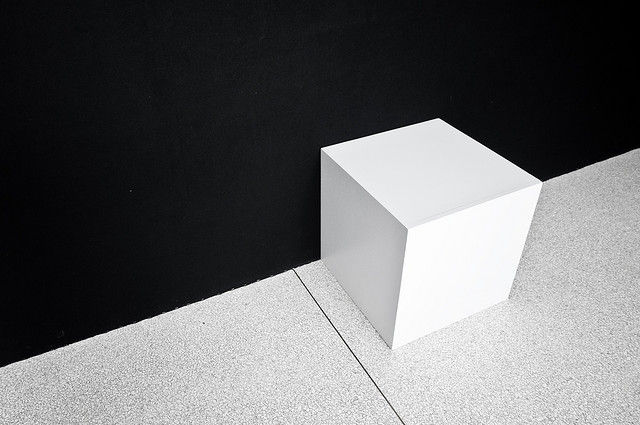
Author/Copyright holder: Namelas Frade. Copyright terms and licence: CC BY-NC-ND 2.0
The Business Context
The final critical concept is that UX is not just about the user. A wonderful user experience that fails to address the business needs is as useless as a product with a terrible user experience.
UX design is a support function for the business. If you’re a teenager and you’re dating, you don’t just have to keep your partner happy – you have to keep their parents happy too. (In fact for many of us this continues all the way through our lives.)
For products the parents are the business. Great product UX can drive higher sales volumes (resulting in more job security), fewer customer complaints (making people’s lives easier), greater levels of customer satisfaction (increasing customer loyalty), etc.
It’s vital that the new UX team makes this part of their message as clear as the first two ideas. It’s not uncommon in corporate life for new teams and ideas to be seen as a threat to the status quo. It’s also pretty easy to focus on explaining our discipline without putting it into the larger context. That can help people’s fears and concerns to grow rather than diminish.
You need to be able to show your stakeholders that you aren’t just there to help users achieve their objectives – you’re also there to help your stakeholders to achieve theirs. This diminishes the potential of conflict between UX and the larger project team. It’s a good foundation for further conversation and winning support for your work instead.
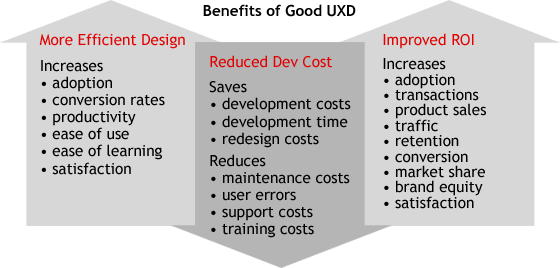
Author/Copyright holder: Callahan Creek. Copyright terms and licence: All rights reserved Img source
Header Image: Author/Copyright holder: Bit Strips. Copyright terms and licence: All rights reserved. Img Source
